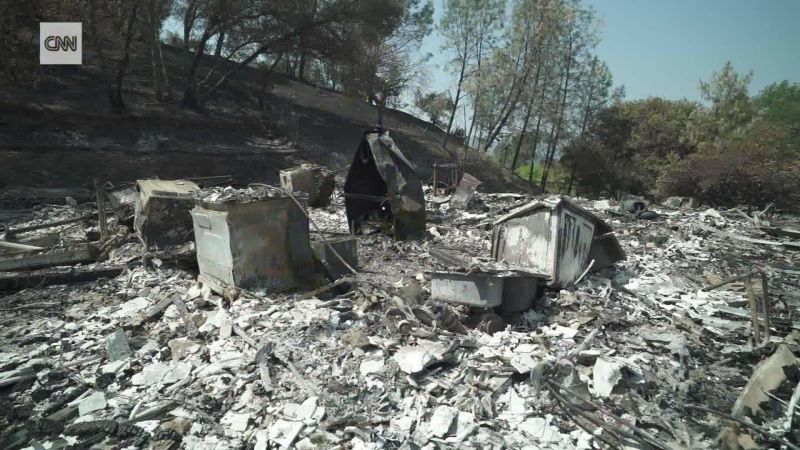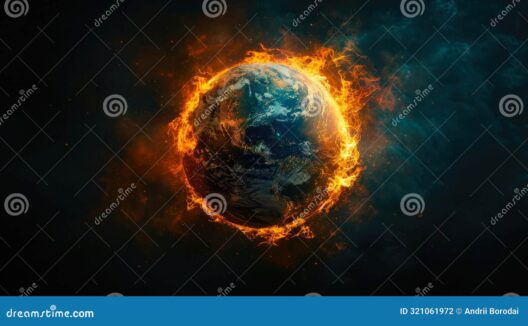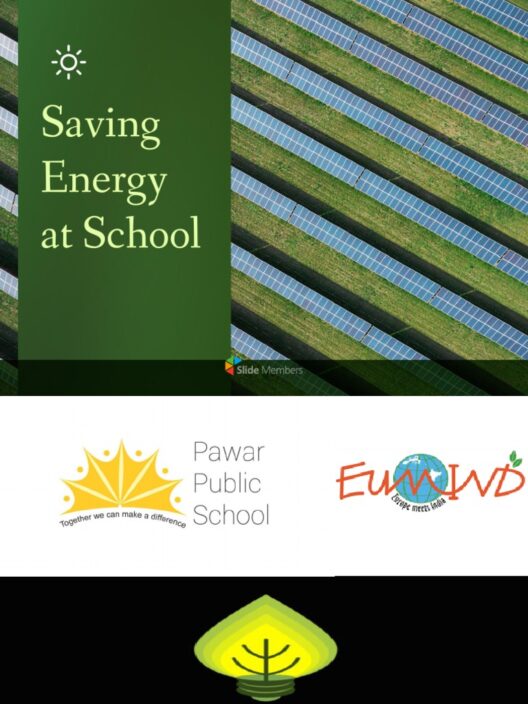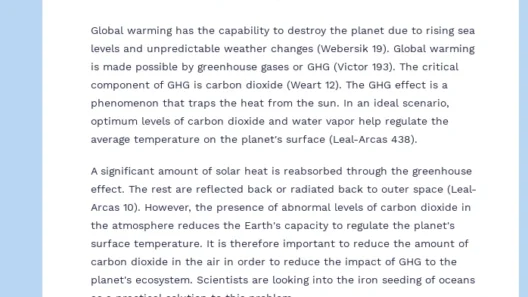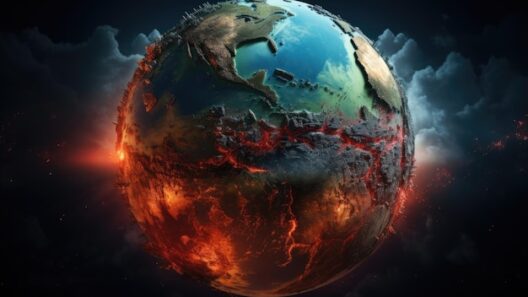Natural disasters have long captivated human attention, evoking both awe and trepidation. However, as we plunge deeper into the 21st century, a provocative question arises: Are these catastrophic events intensifying due to global warming? This inquiry emerges at a time when scientific evidence increasingly supports the notion that our planet is experiencing unprecedented atmospheric changes. With populations growing and urban landscapes sprawling, the interplay between climate change and natural disasters merits critical examination.
Firstly, it is paramount to define what we mean by natural disasters. These events encompass a wide array of phenomena, including hurricanes, floods, droughts, wildfires, and earthquakes, many of which have devastating socioeconomic and environmental repercussions. Each type of disaster exhibits unique characteristics, influenced by an intricate web of meteorological and geological factors. Yet, as our understanding of climate systems evolves, a distinct correlation between heightened global temperatures and the frequency and severity of certain natural disasters begins to emerge.
Consider hurricanes, for example. Tropical cyclones draw energy from warm ocean waters; hence, as global temperatures rise, the likelihood of more potent storms appears to escalate. Recent studies indicate that warm waters can increase the intensity of hurricanes, resulting in more damaging winds and heavier rainfall. The hurricane season of 2020 exemplified these trends, featuring an unprecedented number of named storms and record-breaking intensities. These atmospheric changes compel us to confront the veracity of our initial proposition—are natural disasters indeed worsening?
Next, let’s turn our attention to floods. The implications of climate change are acutely felt in areas susceptible to heavy precipitation. With warmer air holding more moisture, the intensity of rainfall events has increased significantly in some regions. Consequently, flash floods become more common, leading to devastation in their wake. For instance, cities designed without adequate infrastructure for extreme weather face catastrophic results, raising the critical challenge of urban planning in response to climate realities. A question emerges: How can we adapt our cities to withstand this impending volatility?
The phenomena of wildfires further underscores the correlation between global warming and the increase of natural disasters. Rising temperatures, coupled with prolonged droughts, create a perfect storm conducive to wildfires. Areas that have historically experienced sporadic wildfires now find themselves grappling with infernos that consume vast swathes of land. The megafires of the West Coast of the United States in recent years serve as a stark reminder of nature’s ferocity when exacerbated by human-induced climate change. Herein lies another question: How do we reconcile the undeniable beauty of nature with the chaos stemming from its increasingly unpredictable behavior?
Acknowledging that some natural disasters, such as earthquakes, are primarily geological rather than meteorological, it is still worth noting that climate change can influence secondary disaster effects. For instance, shifting weather patterns can destabilize soil, potentially increasing landslide risks in vulnerable areas. The intricate nexus between climate and geological events incidentally highlights the complexity of understanding how global warming might amplify various disaster types.
Moreover, it is essential to consider how vulnerability to natural disasters varies among populations. Marginalized communities often face disproportionate risks due to socio-economic factors that limit their ability to prepare, respond, and recover. These disparities raise ethical questions about equity in climate resilience. A natural disaster that devastates a wealthy region may be recoverable, while the same event can obliterate a less affluent community. The challenge here lies in devising equitable disaster response strategies and bridging the gap between prepared and unprepared populations.
Transitioning from theoretical considerations to practical implications, the vital question remains: What can be done to mitigate the growing impact of natural disasters exacerbated by global warming? The answer entails a multifaceted approach, combining technological advancements, policy reform, and community engagement. Enhanced forecasting models utilizing artificial intelligence can improve our understanding of impending disasters, allowing for better preparedness and response. Simultaneously, investing in sustainable infrastructure can help create resilient cities capable of withstanding extreme weather events.
Education also plays a pivotal role in enhancing community resilience. By fostering awareness and preparedness amongst vulnerable populations, we can empower individuals to equip themselves with the knowledge and tools necessary to weather disasters. Community drills, response training, and public awareness campaigns can bolster societal readiness against the increasingly frequent natural disasters.
In conclusion, the evidence suggests that natural disasters are indeed worsening, a direct symptom of the smoke swirling from the engine of climate change. The compelling question of adaptation and mitigation remains paramount as communities worldwide grapple with the reality of rising temperatures. We find ourselves at a crossroads, facing the daunting intersection of environmental responsibility and ethical equity. Challenges abound, yet so do opportunities for growth and resilience in the face of adversity. As society progresses, the urgency to address climate change through informed action and collective will becomes increasingly critical. How will we respond to the beckoning call of nature amidst the encroaching chaos of climate-induced calamities?



